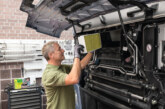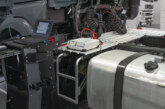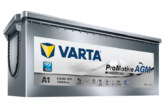
With Transport for London publicly committed to introducing its Direct Vision Standard (DVS) on 1st March 2021 – after an initial delay – fleet managers need to take a closer look at their compliance. Here, Peter Mansfield, Group Sales and Marketing Director at Trakm8, explores the implications.
As the first city region in the UK to gain significant powers over transport, London is one of the first cities in the world to regulate the on-vehicle requirements of HGVs, previously an area of national or even international rule making.
Long ahead of the curve when it comes to transport rules in the UK, London paved the way with the Congestion Charge and Clean Air Zones, showing combined authorities in Birmingham, Manchester, Liverpool, and our other cities that regulating vehicle use in a considered way can decrease traffic, pollution, and comes with public support.

The latest such move is the Direct Vision Standard (DVS), which comes into force in the Greater London area from March 2021. Applying to all heavy goods vehicles over 12 tonnes, the new regulation introduces a star rating system based on what is directly visible to the driver from the cab, without the use of additional mirrors or cameras.
Vehicles that don’t have good direct vision (at least a ‘one star’ rating) will be banned from London roads as of 1st March 2021, and risk facing fines of £550 per day. By 2024, the requirements are set to rise to three stars, but what constitutes three stars is yet to be agreed and will be subject to a public consultation. The scheme is set to be enforced through number plate recognition.
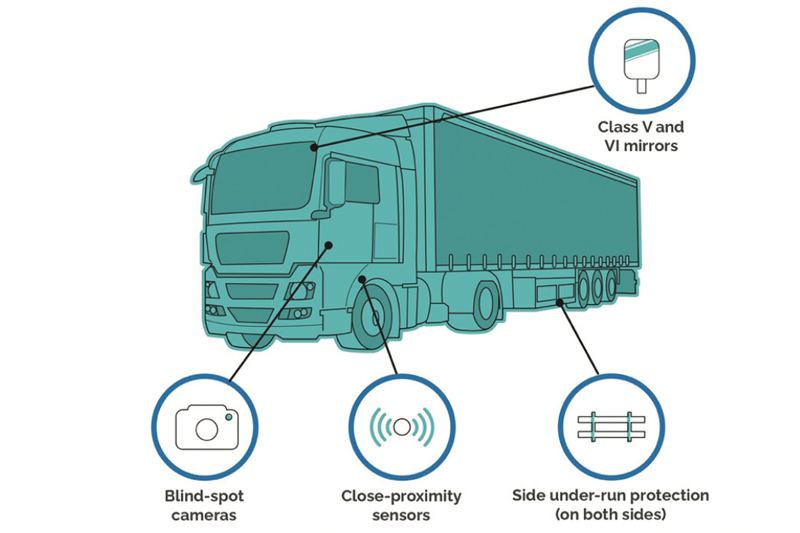
City Hall’s crackdown comes in response to some shocking statistics on the dangers cyclists face from HGVs in London. Whilst just 1.5% of injuries to cyclists occur from collision with HGVs, such collisions account for 16% of deaths. Clearly, there is an issue here that can and should be addressed. DVS falls under TfL’s ‘Vision Zero Action Plan’, aiming to reduce serious injuries and fatalities to zero by 2041.
Whilst fleet operators are more than happy to go a long way to prevent avoidable accidents, it’s important not to underplay how big of an impact this could have on operators. It’s expected that most HGVs currently in use will be ‘zero star’ and will, therefore, have to be retrofitted with additional ‘mitigating safety features’ to be able to drive in London from March.
Given London’s importance to the UK economy, it’s almost impossible as a fleet operator to avoid Greater London altogether and, as a result, many fleets will have to upgrade their whole stock to ensure they avoid administrative overhead and fines. Where London goes, cities in other regions are sure to follow.

So, fleets will either need to avoid Greater London altogether, or be fitted with mitigating safety features. Some features are relatively easy to add, like additional mirrors, side underrun protection, and stickers that alert other road users to potential danger.
Others, like blindspot detectors, cameras, and audible vehicle manoeuvre warnings, are technically difficult – you should speak to a trusted manufacturer to ensure you get a safety system that meets the new DVS standard the first time round.
Just as important is ensuring that new systems don’t create more work for operators. Shopping around for a mixed solution and combining cameras and sensors from a number of manufacturers might save you a short-term cost, but will increase administrative and technical burden further down the line.
By going with a trusted manufacturer’s whole-system solution, your admin gets easier with every addition, instead of more difficult. Given that DVS itself will become stricter by 2024 and other regulations are likely to come into play in the meantime, the ability to upgrade should be a key concern when you come to purchase mitigating safety equipment.
Trakm8 has a number of fully interoperable products that will help reduce the risks for drivers, cyclists, and pedestrians which meet the Direct Vision Standard.
For example, its Blind Spot Detection System provides drivers with visual and audible proximity alerts, stopping accidents in their tracks. The company’s RoadHawk CAM series cameras are water and dustproof, meaning they can be used in all conditions, and are also available with IR night vision, sun reflection hoods, plus external speakers alerting other road users when the vehicle is reversing.
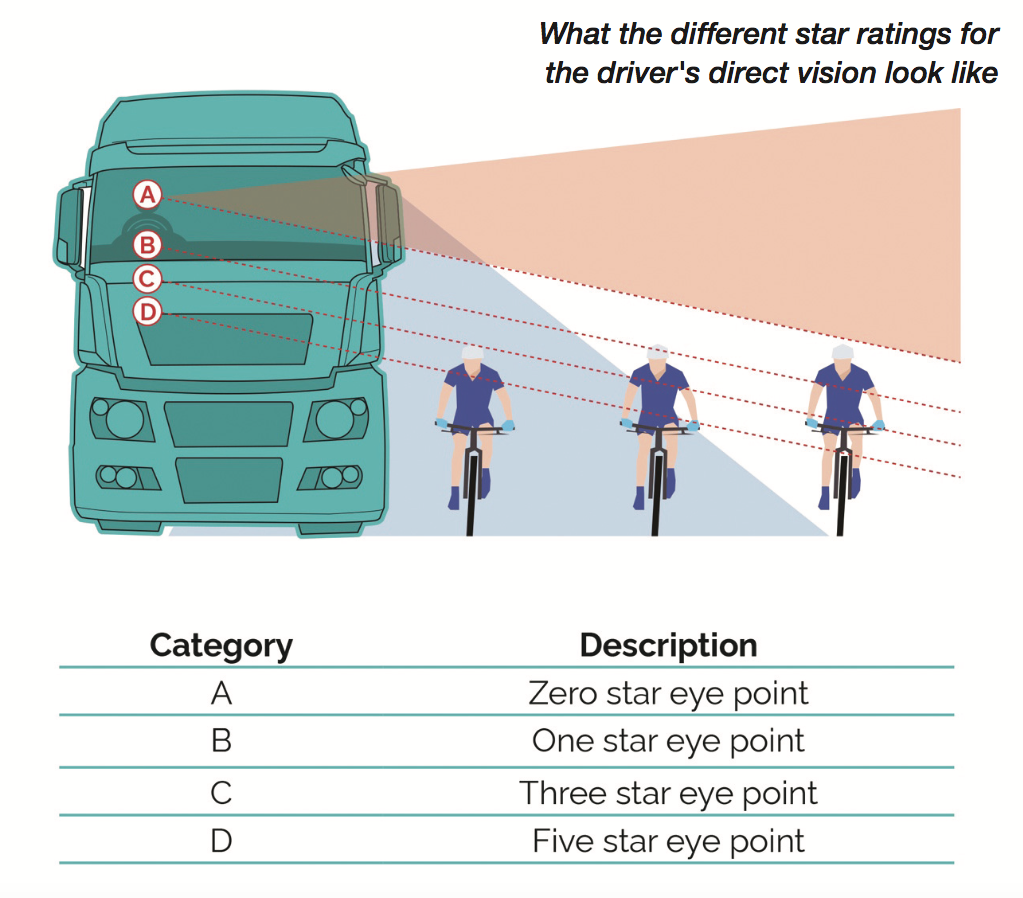
These systems are brought together with a RoadHawk Digital Video Recorder and TFT monitor, allowing the driver unparalleled vision. Its RoadHawk DVR 8000 features eight input channels and is capable of storing up to 1.4 terabytes of data, easily accommodating the additional camera systems required by this stringent standard. Finally, all Trakm8’s products are designed and manufactured to the highest standard at its facility in the West Midlands.
In an environment where regulations are likely to get stricter, it’s important to prioritise interoperability and upgradeability, meaning you can still meet new requirements at a later date.
By going with a trusted solutions provider in order to make sure fleets are Direct Vision Standard compliant, you can reduce your admin and help prevent avoidable accidents on the road.






